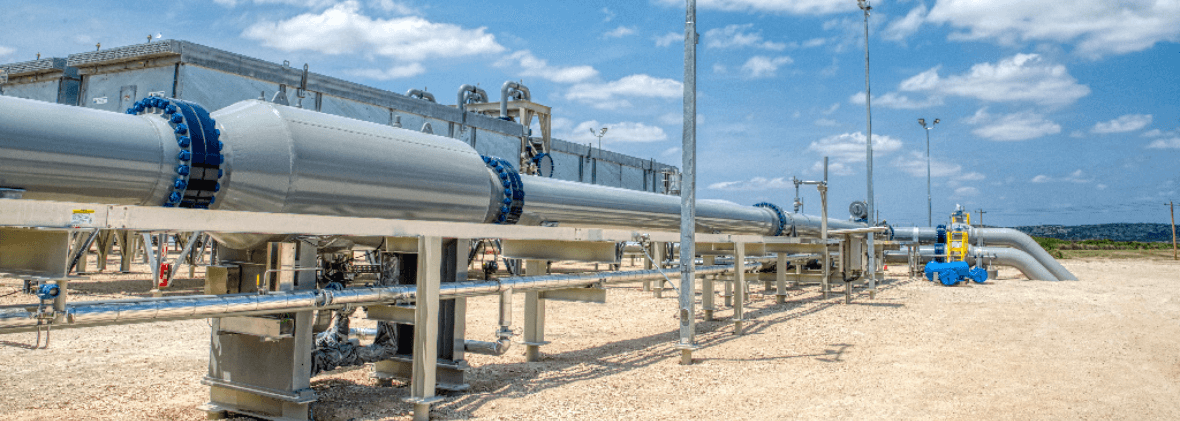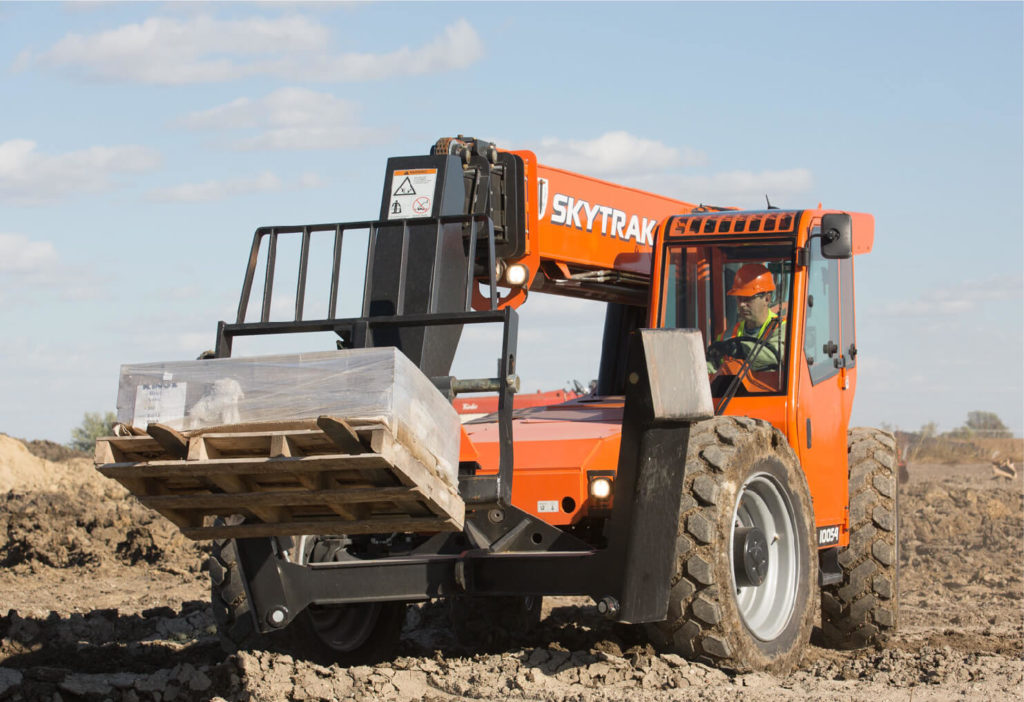Superior rentals squeeze tools: applications explained for pipeline operators
A Comprehensive Overview to the Numerous Sorts Of Oil Field Equipment and Pipeline Equipment Available
The oil and gas market depends heavily on specific devices for reliable removal and transport. Different kinds of machinery, from piercing rigs to storage tanks, play important roles in this complicated procedure. Each tool serves unique features that add to overall operational success. Understanding these components is essential for anybody involved in the sector. As the market evolves, so also do the modern technologies that support it. What improvements are on the horizon?

Drilling Rigs: The Backbone of Oil Exploration
Drilling rigs offer as the essential equipment in the domain name of oil exploration, enabling companies to accessibility hydrocarbon books hidden deep below the Earth's surface. These rigs can be found in various types, consisting of land rigs, offshore rigs, and mobile systems, each made to run in details environments. Furnished with advanced innovation, drilling rigs can permeate geological formations with accuracy, making sure effective resource extraction. The structural honesty and functional abilities of these rigs are vital, as they should endure severe problems and considerable stress. Additionally, the choice of a drilling rig impacts the general task price and timeline, making it a crucial consideration for oil business looking for to optimize their expedition efforts and take full advantage of productivity in their operations.
Pumps: Vital for Liquid Motion
In the oil removal process, the function of pumps is substantial, facilitating the movement of fluids throughout various phases of manufacturing. Pumps are crucial for transferring unrefined oil, water, and other fluids from underground storage tanks to the surface area and afterwards with pipes to refineries. They can be found in numerous types, consisting of centrifugal, favorable variation, and submersible pumps, each offering details purposes based on the liquid characteristics and functional demands. Centrifugal pumps are commonly utilized for their performance in high-flow applications, while positive displacement pumps excel in taking care of viscous fluids. The choice of pump influences overall efficiency, operational security, and maintenance prices. Proper choice and upkeep of pumps are essential for optimizing manufacturing and reducing downtime in oil area operations.
Shutoffs: Controlling Flow and Pressure

Valves play a vital role in managing the flow and pressure of liquids within oil fields and pipelines. Numerous sorts of valves offer unique applications, each created to satisfy specific features basic for efficient operation - Superior Oilfield pipeline equipment rentals. Comprehending the features and uses these valves is vital for optimizing system efficiency and safety
Kinds of Valves
Necessary parts in oil area procedures, shutoffs play a vital role in controlling the circulation and pressure of fluids within pipelines and tools. Different sorts of shutoffs are used to meet the diverse demands of oil and gas manufacturing. Usual kinds include entrance shutoffs, which supply a straight-line circulation and very little stress decline; world valves, recognized for their strangling abilities; and ball valves, recognized for their quick on/off control. Furthermore, check shutoffs protect against heartburn, while butterfly shutoffs provide a lightweight solution for managing flow. Each shutoff type is developed with certain products and setups to stand up to the severe conditions frequently discovered in oil areas, making certain dependability and efficiency in procedures. Comprehending these types is vital for efficient system management.
Valve Applications and Features
While various kinds of valves offer distinctive purposes, their main applications focus on managing circulation and pressure within oil and gas systems. Valves such as entrance, world, and ball valves control fluid movement, ensuring peak performance and security. Entrance shutoffs are frequently utilized for on/off control, supplying minimal flow resistance. Globe shutoffs, on the various other hand, deal precise circulation guideline, making them ideal for throttling applications. Ball shutoffs are favored for their fast operation and limited securing abilities. Additionally, pressure relief valves are important for protecting against system overpressure, guarding tools honesty. Overall, the proper selection and application of shutoffs boost functional efficiency, guaranteeing the trustworthy transportation of oil and gas with pipelines and processing centers.
Compressors: Enhancing Gas Transportation
Compressors play an important role in the reliable transport of gas, guaranteeing that it relocates efficiently through pipelines over lengthy distances. These gadgets boost the pressure of gas, allowing it to get rid of rubbing and altitude adjustments within the pipeline system. Furthermore, compressors promote the balancing of supply and demand, suiting variations in intake and manufacturing prices. Various sorts of compressors are utilized in the industry, including centrifugal, reciprocating, and rotating screw compressors, each offering distinctive benefits based upon the operational demands. Normal maintenance of these compressors is necessary to make best use of effectiveness and reduce downtime, inevitably adding to a reliable gas transport network. Their critical feature highlights the importance of compressors in the overall oil and gas framework.
Storage Tanks: Safe and Efficient Fluid Monitoring
Reliable transport of all-natural gas relies on different sustaining systems, one of which is the proper administration of storage space containers. These tanks play an important function in safely containing fluids, making certain that functional effectiveness is preserved while decreasing ecological risks. Built from resilient materials, they are designed to hold up against high stress click here and destructive aspects. Properly sized and purposefully situated, tank promote the smooth circulation of gas and other liquids, avoiding traffic jams in supply chains. Normal upkeep and tracking are vital to discover leaks or structural problems, promoting security and compliance with regulative standards. Eventually, the efficient management of tank is crucial for the total honesty and reliability of the oil and gas market's liquid handling systems.
Pipeline Equipments: Framework for Transport
Pipeline systems act as the backbone of the oil and gas market, assisting in the efficient transportation of hydrocarbons over huge distances. These systems consist of various components, consisting of pipelines, valves, pumps, and compressors, all meticulously made to assure seamless circulation. The materials utilized in pipeline building, frequently steel or high-density polyethylene, are selected for toughness and resistance to deterioration. Pipeline networks can cover throughout land and water, attaching manufacturing sites to refineries and circulation. In addition, advanced innovation allows real-time surveillance of circulation prices and pressure degrees, boosting operational performance. The calculated positioning of these pipelines decreases ecological impact while making best use of resource availability, thereby playing a crucial function in meeting energy demands around the world.
Safety Equipment: Guaranteeing Worker and Environmental Management
The operation of pipeline systems, while essential for energy transport, additionally offers significant security obstacles for employees and the environment. Safety tools plays a significant duty in reducing these threats. Personal protective equipment (PPE) such as helmets, gloves, and non-slip footwear safeguards employees from physical dangers. Furthermore, gas detection systems check for leaks, guaranteeing that dangerous compounds do not pose a risk to workers or the surrounding ecological community. Emergency closure systems are essential for quickly stopping operations during a dilemma, stopping possible calamities. Spill containment materials, consisting of absorbents and barriers, are fundamental for decreasing ecological effect. Generally, purchasing all-encompassing safety tools is essential for maintaining operational honesty and shielding both workers and the environment in the oil and gas field.

Frequently Asked Concerns
Just how Do I Choose the Right Oil Field Equipment for My Task?
Choosing the best oil field equipment entails evaluating task requirements, budget plan restrictions, and operational requirements. Take into consideration variables such as equipment reliability, compatibility with existing systems, and the supplier's reputation to assure peak efficiency and safety.
What Are the Maintenance Demands for Oil Field Equipment?
Maintenance demands for oil area devices consist of normal examinations, lubrication, and prompt fixings. Operators should also comply with producer guidelines, screen performance metrics, and assurance compliance with security guidelines to boost long life and performance.

Exactly How Can I Ensure Compliance With Environmental Laws?
To ensure conformity with ecological regulations, companies should carry out routine audits, apply ideal techniques, invest in training, preserve appropriate paperwork, and stay upgraded on legislation (Superior Rentals fusion machines). Collaboration with ecological firms can also improve adherence to laws
What Is the Average Lifespan of Pipeline Equipment?
The average lifespan of pipeline devices commonly varies from 20 to 50 years, depending upon elements such as material top quality, ecological conditions, and maintenance practices. Normal examinations can greatly affect long life and operational efficiency.
Just how Do I Securely Deliver Oil Field Equipment to Remote Locations?
Delivering oil field devices to remote locations calls for cautious preparation, consisting of course analysis, safeguarding permits, using suitable automobiles, and making certain safety procedures are complied with. Appropriate training and communication amongst teams are crucial for successful transport.